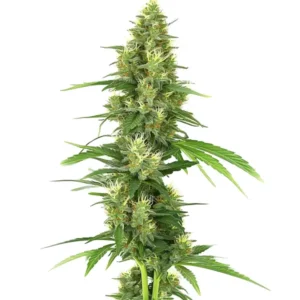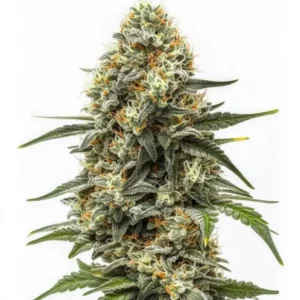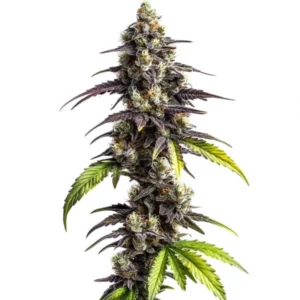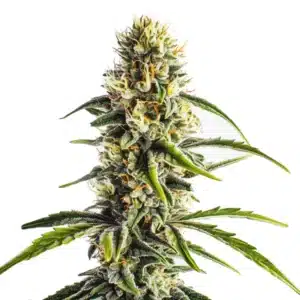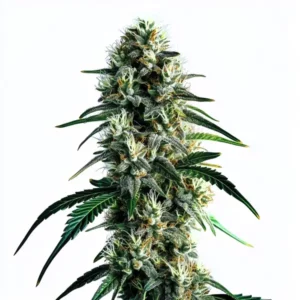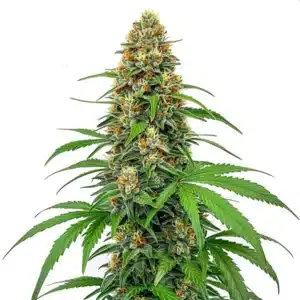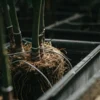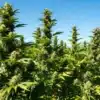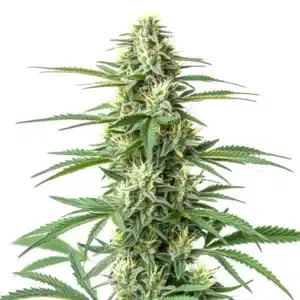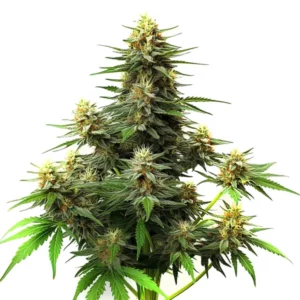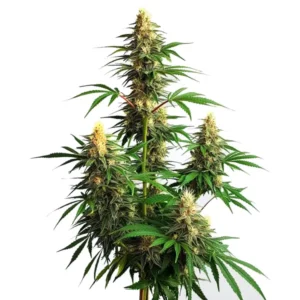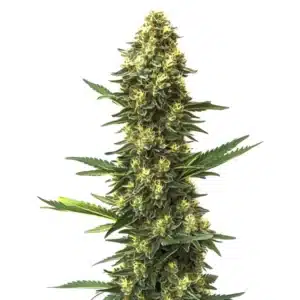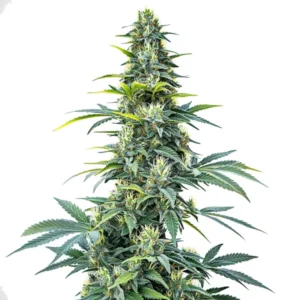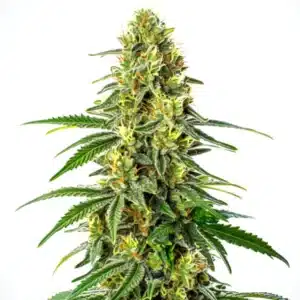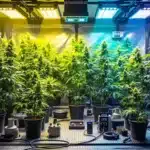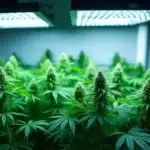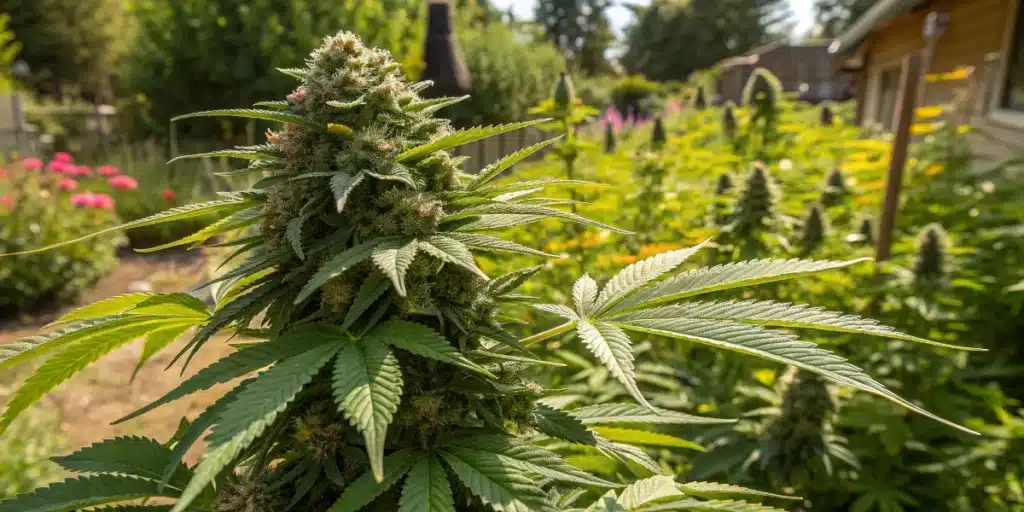
When to Plant Cannabis for Optimal Yields
Timing and Seasons
When to Plant Cannabis. Best Planting Periods
When to plant cannabis is a question that many growers ponder each season. Timing is everything in horticulture, and cannabis is no exception. The best periods for planting generally align with the warmer months when the risk of frost has passed. In most regions, this means waiting until late spring to ensure that your plants receive optimal sunlight and warmth. It’s during this time that cannabis plants can thrive, taking full advantage of the longer days and increased temperatures.
For those in northern climates, late May to early June is usually the sweet spot. This timing allows the plants to establish strong root systems before the peak summer heat kicks in. Conversely, in southern regions, starting as early as April may yield beneficial results, as the growing season is typically longer. Regardless of your location, keeping a close eye on the local climate can help determine the best planting window.
Recommended Strains
Big Bud
|
|
THC | 15% - 20% (Medium) |
|
|
Type | Feminized |
|
|
Yield | High |
|
|
Phenotype | 85% Indica / 15% Sativa |
Big Bud Auto
|
|
THC | 18% - 22% (Medium) |
|
|
Type | Autoflowering |
|
|
Yield | Medium |
|
|
Phenotype | 80% Indica / 20% Sativa |
Another important factor to consider is the strain of cannabis you are working with. Some strains have shorter growing cycles and may benefit from being planted earlier, whereas others may require a more extended vegetative period. Understanding the specific requirements of your chosen strain can make a significant difference in your overall yield.
Weather Considerations
Weather conditions play a vital role in determining when to plant weed. Sudden weather changes can wreak havoc on young plants, making it essential to monitor forecasts closely. Ideally, aim for a period of stable, warm weather to give your plants the best chance to flourish. A sudden frost can be detrimental, not just to seedlings but to established plants as well.
Moreover, consider regional climate patterns. Some areas experience unpredictable weather patterns that can complicate planting schedules. For instance, if your region is known for late spring snowfalls, it may be wise to delay planting until you are confident the frosty nights are behind you. It’s better to err on the side of caution to protect your plants from unnecessary stress.
Humidity is another weather-related factor to keep in mind. While cannabis plants thrive in a well-balanced environment, excessive humidity can lead to mold and mildew, which can destroy your crop. Therefore, it’s essential to select a planting time that aligns with your local climate’s humidity levels, ensuring your plants have the best conditions for healthy growth.
Promos & Deals
When to Plant Cannabis: Indoor vs Outdoor Timing
Environmental Factors
Deciding when to grow weed indoors can significantly differ from outdoor cultivation. When growing indoors, you have more control over environmental conditions, allowing for year-round planting. However, it’s essential to replicate the natural light cycles that cannabis plants require. Generally, maintaining an 18-hour light and 6-hour dark cycle during the vegetative stage works wonders for indoor plants.
Outdoor growers, on the other hand, must adapt to the changing seasons. Outdoor conditions can vary widely based on geographic location, and growers must utilize the natural sunlight available. Whether you are planting in a greenhouse or directly in the ground, understanding how to leverage the sun’s cycles can lead to optimal yields.
For indoor growers, consider using grow lights that can mimic sunlight. This can help extend the growing season and improve yields. If growing outdoors, timing your planting to coincide with the summer solstice can maximize exposure to sunlight and promote healthy growth.
Growth Cycle Differences
When to plant cannabis also depends on the growth cycle of the plants. Cannabis has two primary growth stages: vegetative and flowering. The vegetative stage typically lasts 4-8 weeks, depending on the strain and environmental factors. Understanding this cycle is essential for effective scheduling.
Outdoor growers will usually plant during the vegetative stage so that the plants can take advantage of the longer days of summer. As the days begin to shorten in late summer, the plants will naturally transition to the flowering stage. Indoor growers can manipulate light cycles to induce flowering at any time, allowing for more flexibility in their planting schedules.
Additionally, consider the time required for harvesting and curing your cannabis. Knowing when to plant weed can also dictate when you can expect to reap the rewards of your hard work. Generally, most strains are ready for harvest 8-12 weeks after they start flowering, so planning accordingly can help you maximize your overall yield.
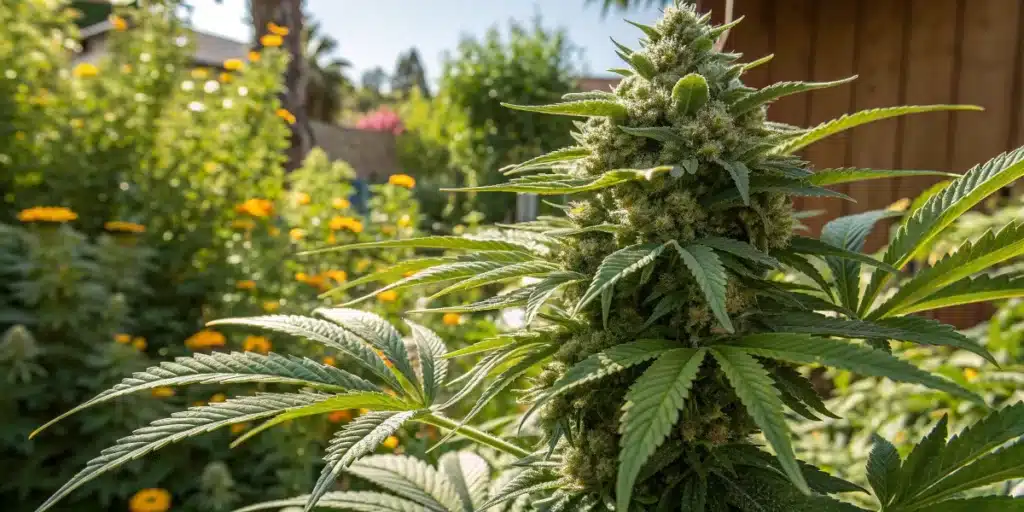
Maximizing Harvest
Planning and Scheduling
Effective planning is essential when determining when to plant cannabis. Creating a timeline that details each stage of growth can help you stay organized and ensure that your plants are thriving. Consider using a gardening calendar to track your planting dates, watering schedules, and any nutrient applications. This proactive approach can lead to healthier plants and, ultimately, a more bountiful harvest.
In addition, understanding your local climate can help you create a more effective planting plan. If you live in an area with a shorter growing season, be prepared to adjust your planting dates accordingly. For those in warmer regions, you may have the luxury of starting earlier, allowing for multiple harvests throughout the year.
Finally, don’t underestimate the importance of maintaining healthy plants throughout their growth cycle. Regular monitoring for pests and diseases can make a significant difference in your final yield. Implementing integrated pest management strategies will help keep your plants healthy and productive, aligning perfectly with your planting schedule.
Best Strains for Heavy Yields
Critical Mass
If your main goal is to maximize harvest size, Critical Mass is a go-to option. This indica-dominant strain is known for producing massive, dense buds that often require branch support due to their sheer weight. It thrives in both indoor and outdoor environments, especially when planted during the optimal window in late spring. Knowing when to plant cannabis outdoors is crucial for helping this strain reach its full yield potential.
Amnesia Haze
This legendary sativa-dominant strain is not just a fan favorite for its uplifting effects, but also for its bountiful harvests. Amnesia Haze has a longer flowering time, so it’s ideal for growers in regions with extended warm seasons or those cultivating indoors. Timing is key—knowing exactly when to plant cannabis makes all the difference when you’re working with a long-cycle strain like this.
Super Silver Haze
Super Silver Haze is a champion sativa known for its energizing effects and high productivity. It flourishes in warm, sunny climates and rewards patient growers with large, resin-heavy buds. Outdoor growers will benefit from planting it right after the last frost, making it essential to plan carefully and understand when to plant cannabis in spring to avoid weather-related setbacks.
Big Bud
The name says it all. Big Bud is a classic high-yielding indica strain that lives up to its reputation. It’s famous for its enormous flower size and consistent harvests. To get the most out of this strain, timing matters. Whether you’re growing inside or outside, understanding when to plant cannabis gives this variety the best chance to push out huge yields without compromising quality.
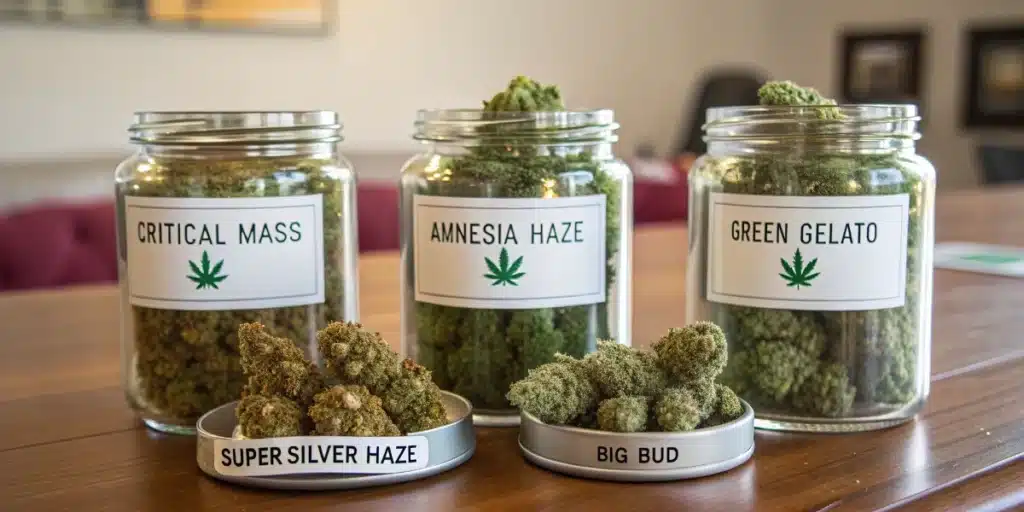
FAQS
What is the best time to plant cannabis outdoors?
The best time to plant cannabis outdoors typically falls between late spring and early summer, often around late May to early June, depending on your local climate.
Can I grow cannabis indoors year-round?
Yes, indoor growers can cultivate cannabis year-round by controlling environmental conditions and manipulating light cycles to suit the plant’s growth stages.
How does climate affect cannabis planting schedules?
Climate significantly impacts planting schedules, as different regions have varying frost dates, temperature ranges, and sunlight availability, all of which influence when to plant weed effectively.


